The plan for today was to spend the majority of the day exploring a stretch of river near the town of Madzharavo. The main target was to try and photograph Small Bath White, a rare butterfly which we found at this site during a visit a few years ago.
We began the day at just before 7:00am, parking at a junction off the main road that has a winding track down the river. The habitat around here is perfect for Eastern Subalpine Warbler, and we came across quite a few males and some recently fledged juveniles in a small area. It was good to finally have proper views of this species, having been limited to just a brief view of a female so far during the trip. Getting decent photos proved too much of a challenge, and the following record shots were the best I managed. At one stage while waiting for a warbler to put in an appearance, a Turtle Dove flew into a tree in front of where I was sitting, and remained unaware of my presence just long enough for me to get a photo. Overhead the first raptor of the day was a lowish Egyptian Vulture.
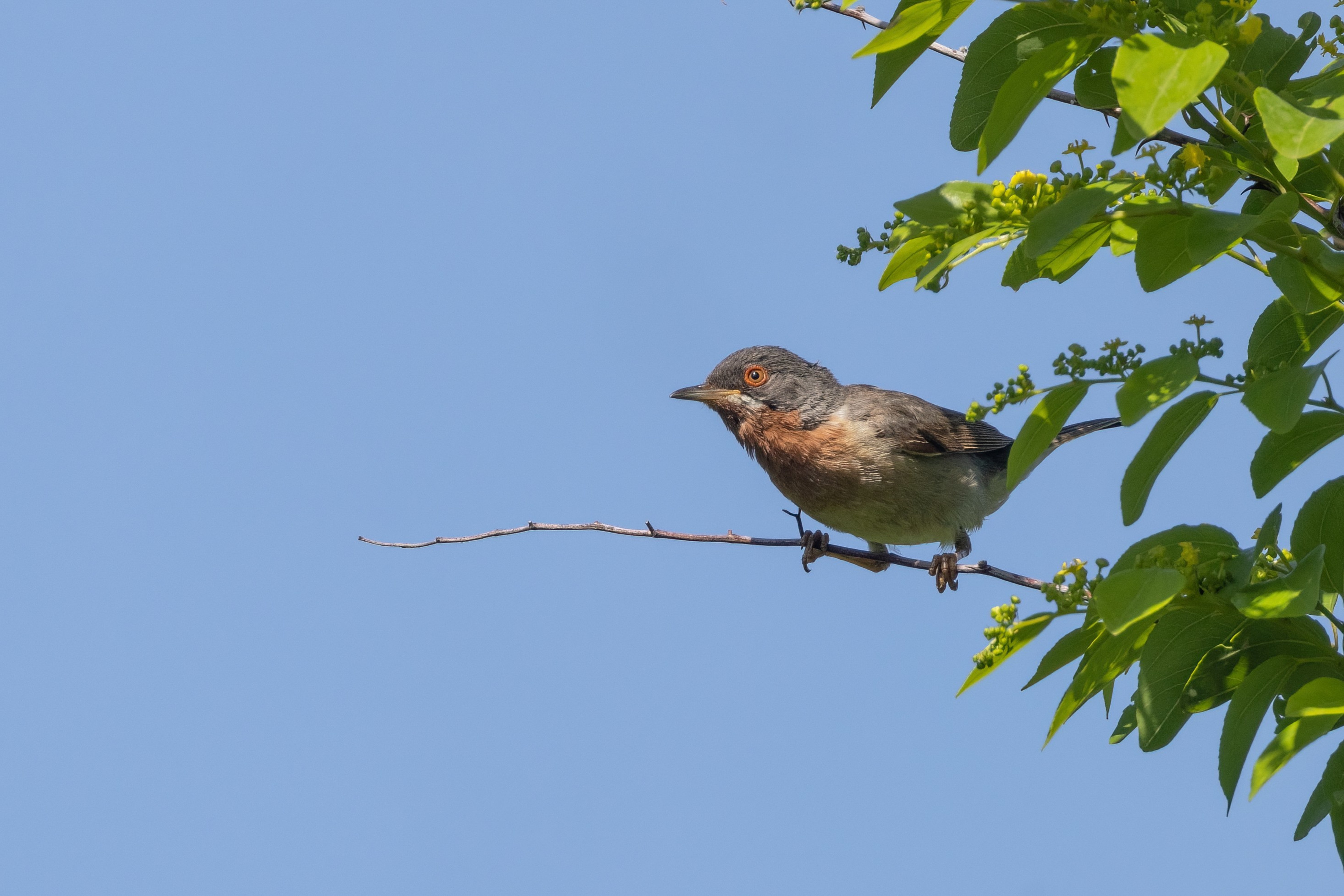
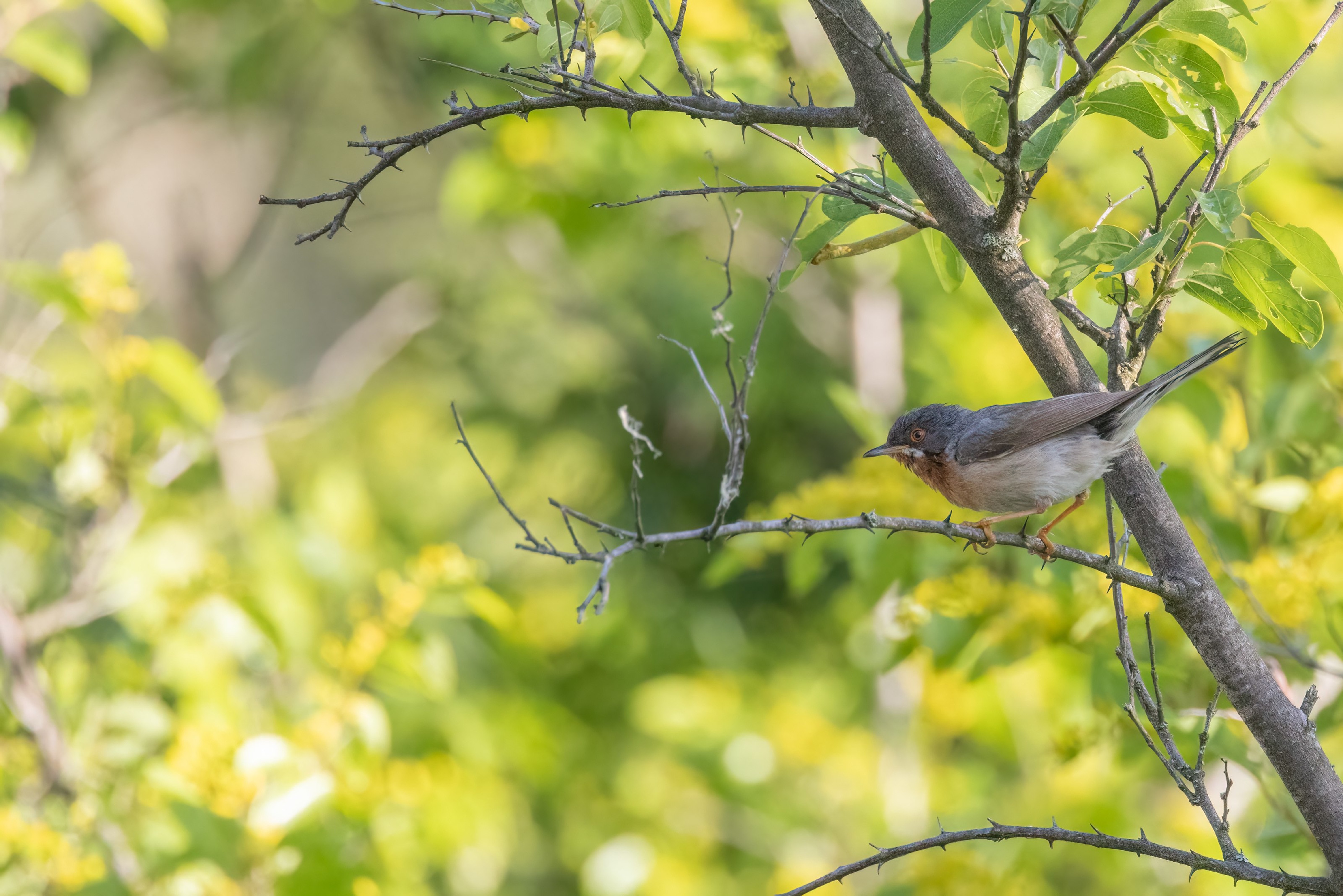

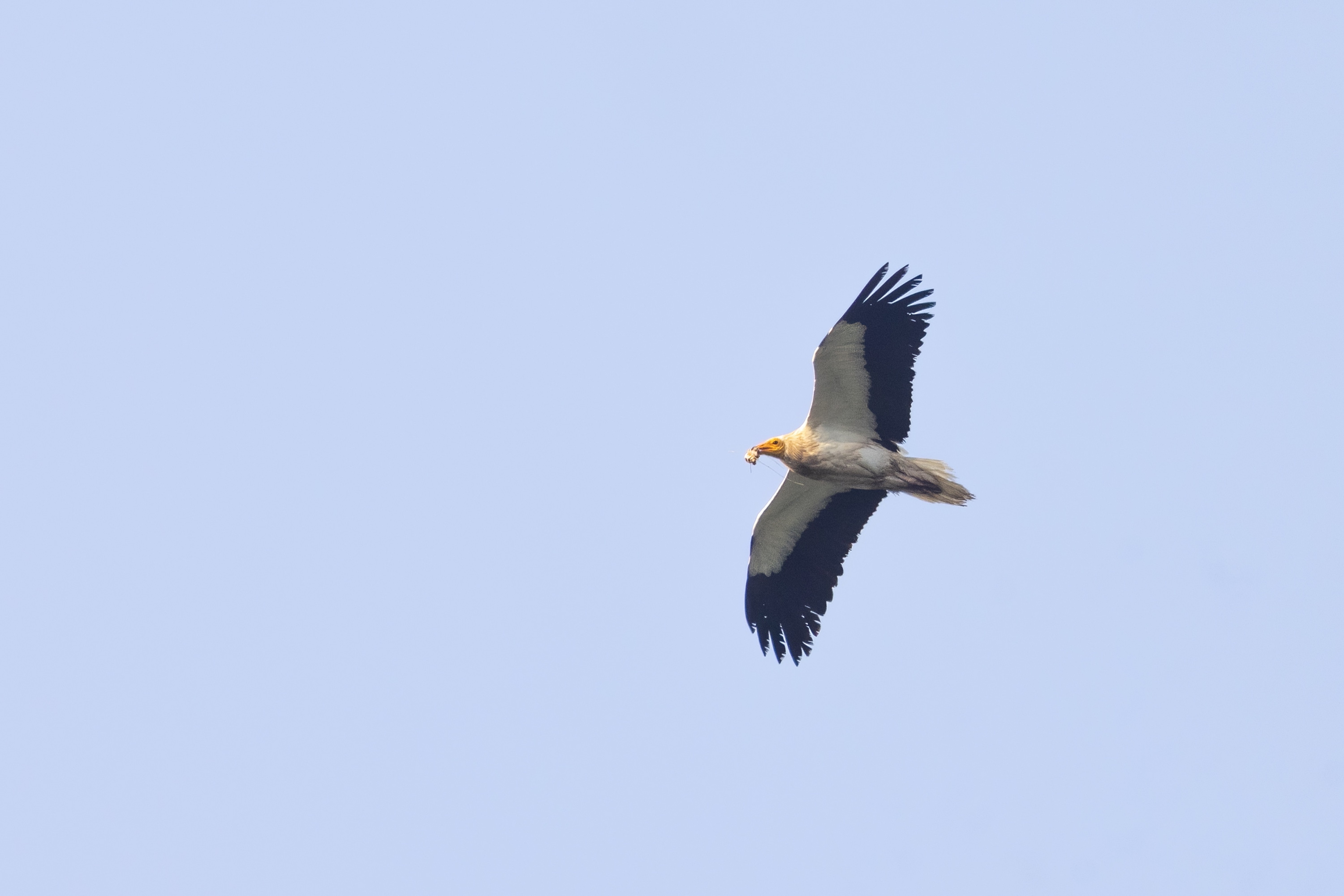
During the time I was watching the warblers came one of the most fortunate encounters and biggest surprises of the trip: I happened to turn around and look up along the main road at exactly the moment a family of Wild Boar were in the process of crossing. They ran across one by one, but too quick for me to count exactly how many there were - probably a minimum of 7. Totally unexpected to see these here.
In this area we also searched for two species of snake, Sand Boa and Worm Snake, but without success. It would turn out to be a disappointing day on the herping front, although there were lots of Eastern Green Lizard throughout the day. Luckily it would be a better day for Lepidoptera, starting with a particularly nicely marked specimen of Lesser Spotted Fritillary while searching for the snakes. During this time I also photographed the shield bug Mustha spinosula and a female Black-tailed Skimmer which posed nicely.
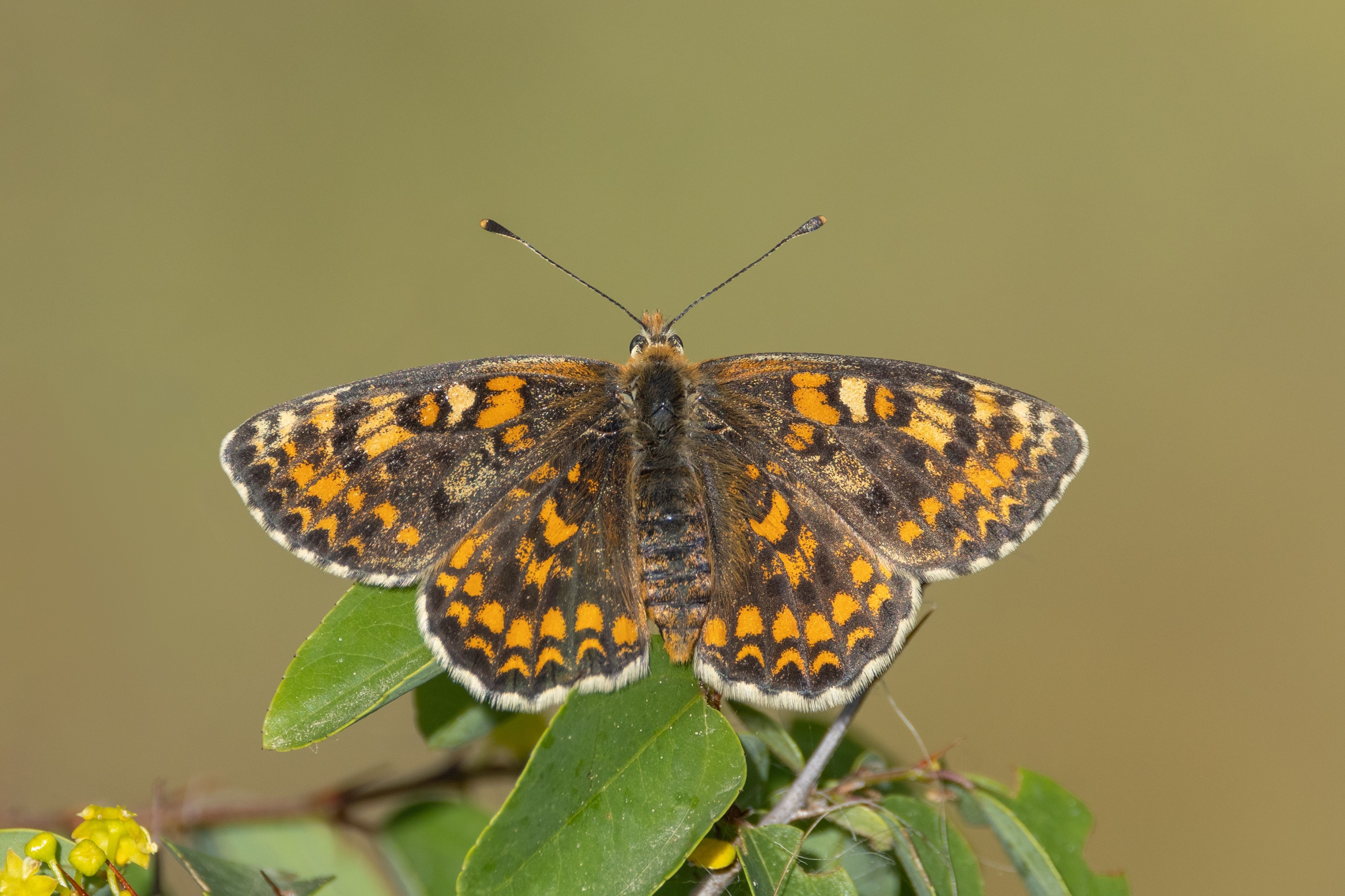
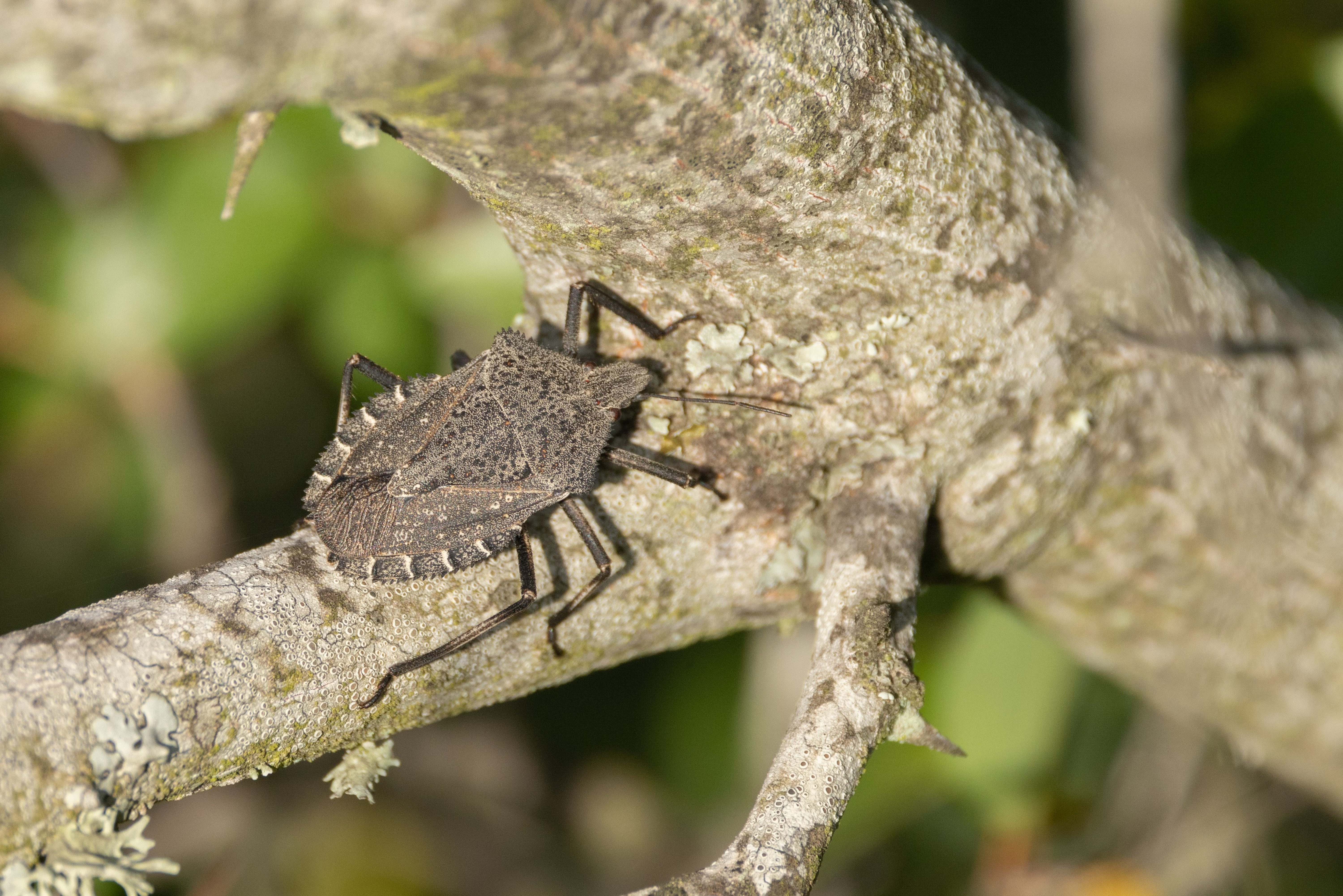
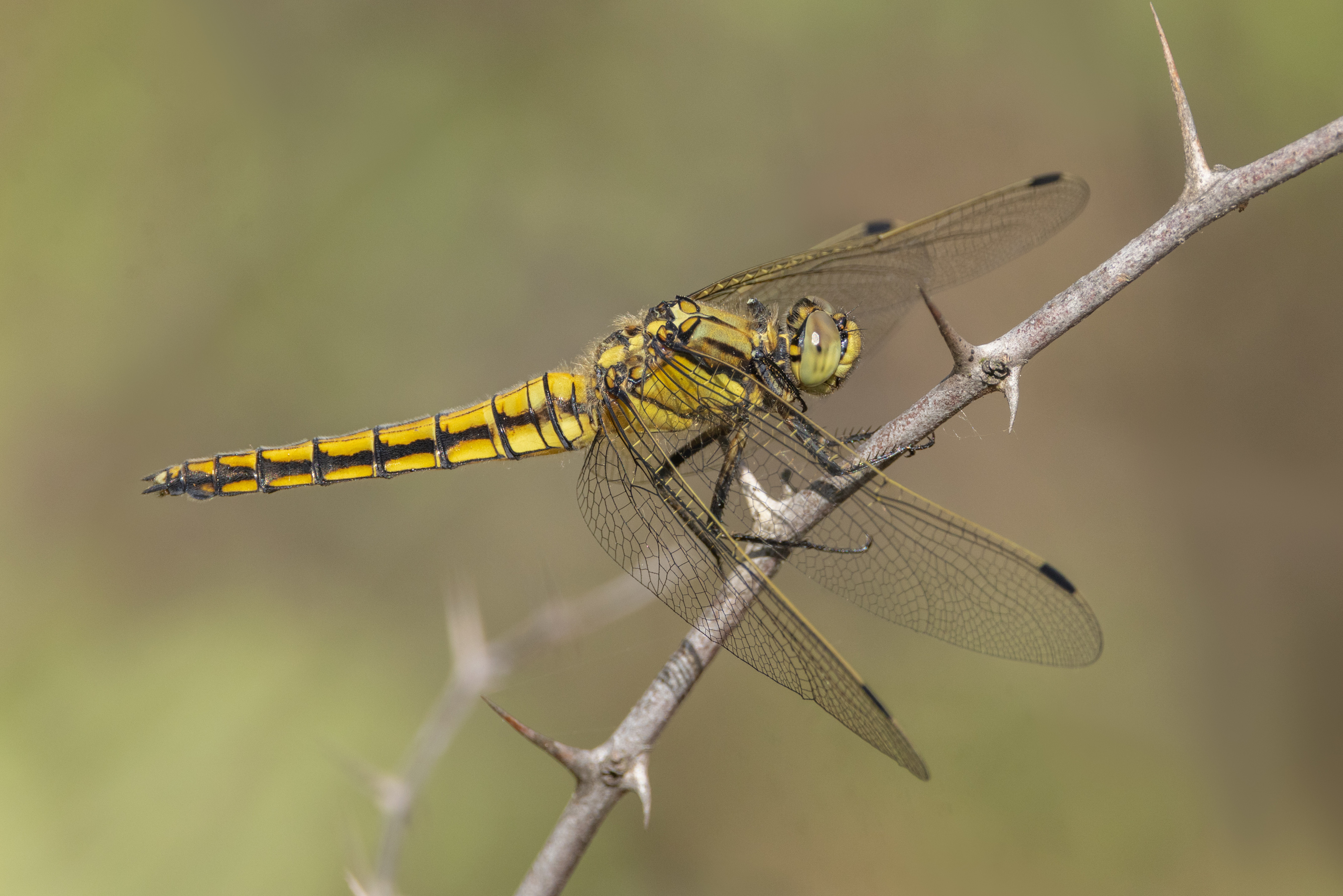
The most important thing today was to search for Small Bath White, a species with very specific habitat requirements and therefore extremely localised. Its foodplant, Cleome species (in Europe, Cleome ornithopodioides), only occurs in gravelly or pebbly areas that are regularly flooded, and as such suitable locations are few and far between. While there are some other sites in Bulgaria, this is the only place we have ever seen them. Elsewhere in Europe the species is found in North Macedonia and Greece.
We reached the exact spot where we’d found them a few years ago, and right on cue one of these delicate whites fluttered past. They are easy to pick out due to their diminutive size. I remembered from last time that they'd sometimes stay in flight for long periods of time without landing, so I was relieved when this one landed twice in quick succession after just a few minutes. It even remained still long enough for a couple of record shots. Unfortunately this would turn out to be the last time it would choose to settle, and 20 minutes later with no more success we admitted defeat and moved out of the baking sun. We decided to head on and explore the rest of the site, and perhaps then just rest in the shade to fill some time before looking again for Small Bath White in the latter part of the afternoon.
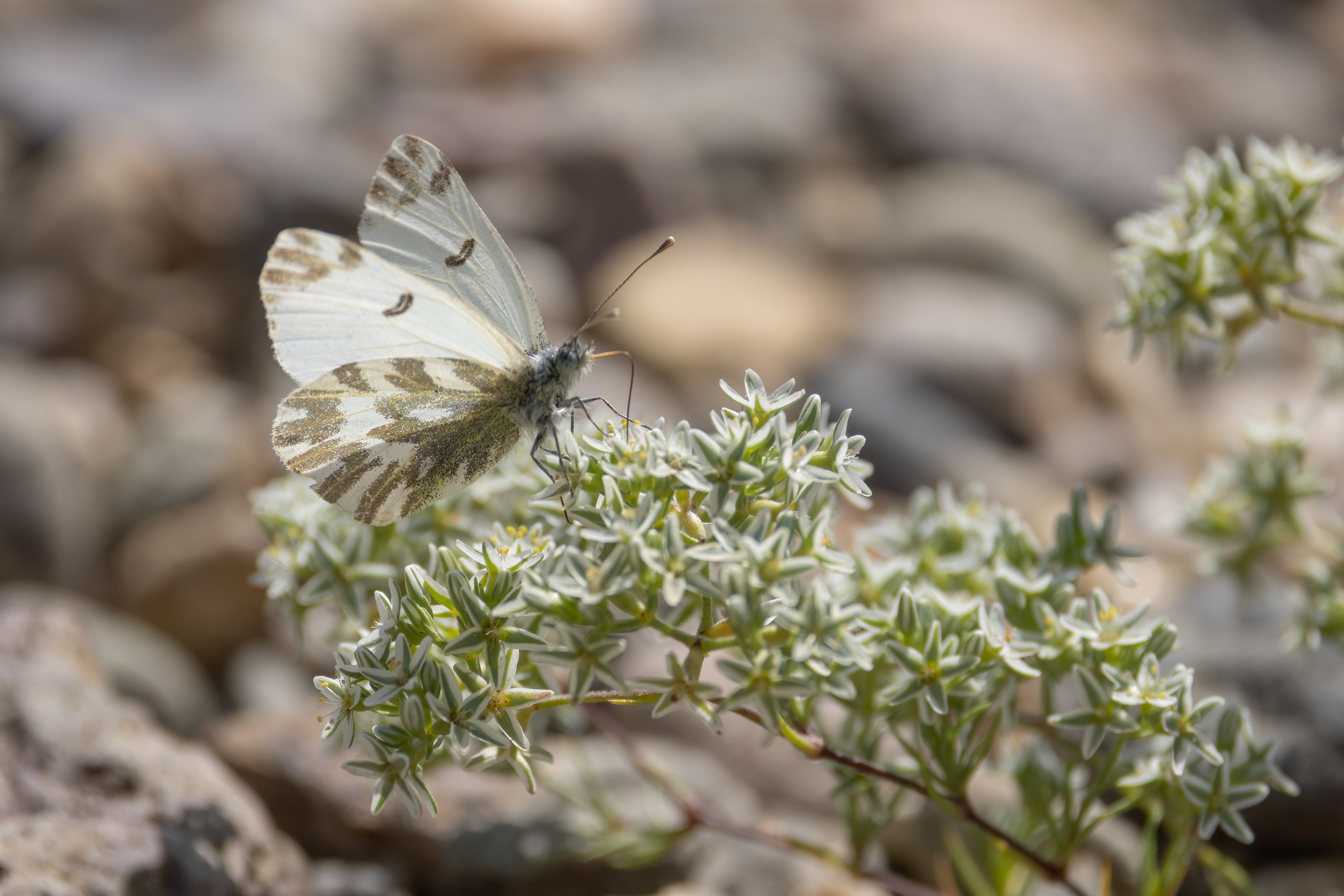
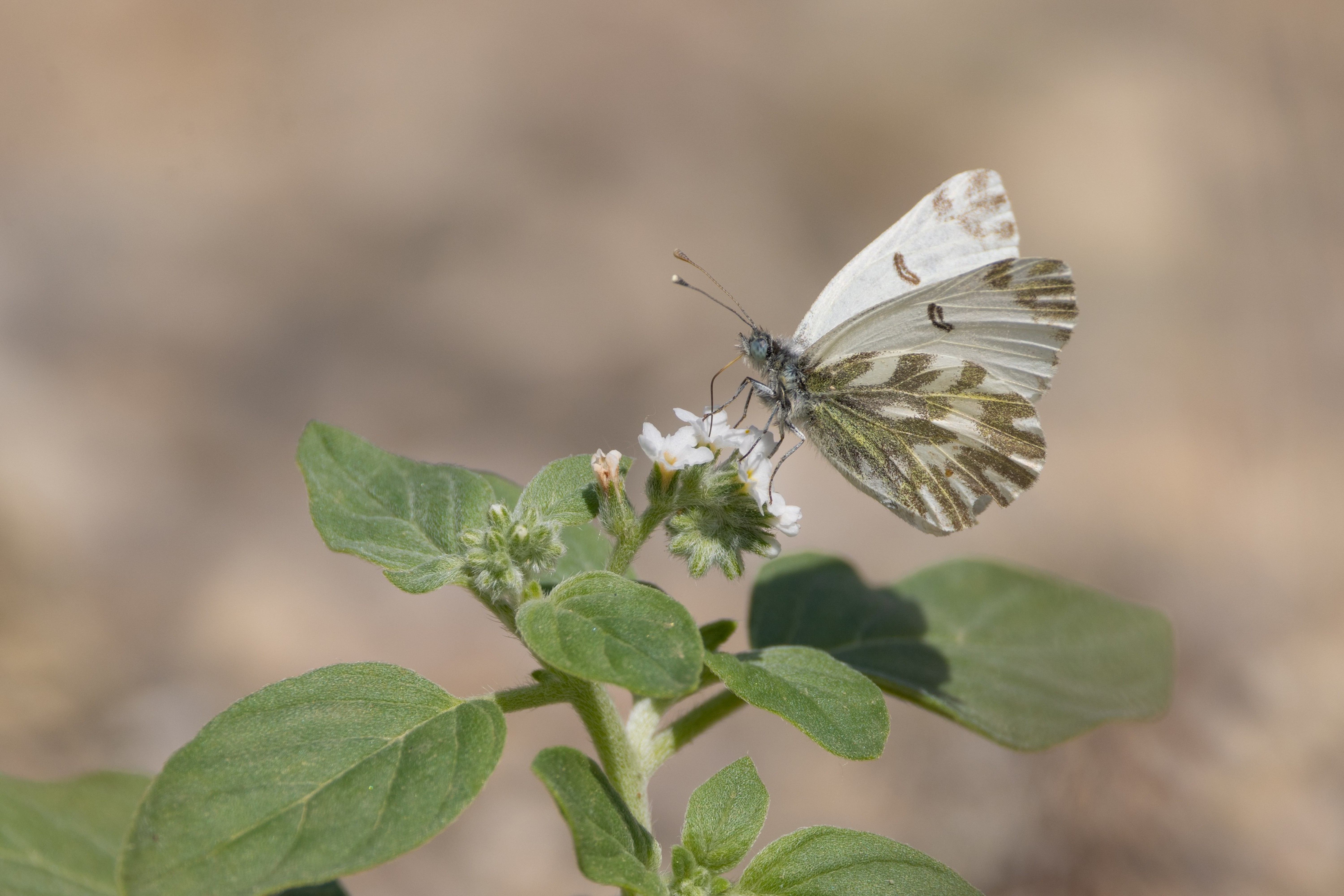
In the same area as the rare white, we also saw quite a few of the similar but considerably larger Eastern Bath White, and the other closely related species in Bulgaria, Eastern Dappled White - our second and final one of the trip. Other butterflies seen during the course of our time by the river included 2 Freyer’s Purple Emperor, neither of which settled for photographs, a Large Tortoiseshell, a Mallow Skipper, Little Tiger Blues, Ilex Hairstreaks, Yellow-banded Skipper, Scarce Swallowtail and a variety of fritillaries which included Cardinal, Knapweed Fritillary, Marbled Fritillary, Niobe Fritillary and Queen of Spain Fritillary. There were also quite a lot of Balkan Spoon-winged Lacewing. Harsh light made it a challenge to photograph any of these, but I got lucky on a few occasions.

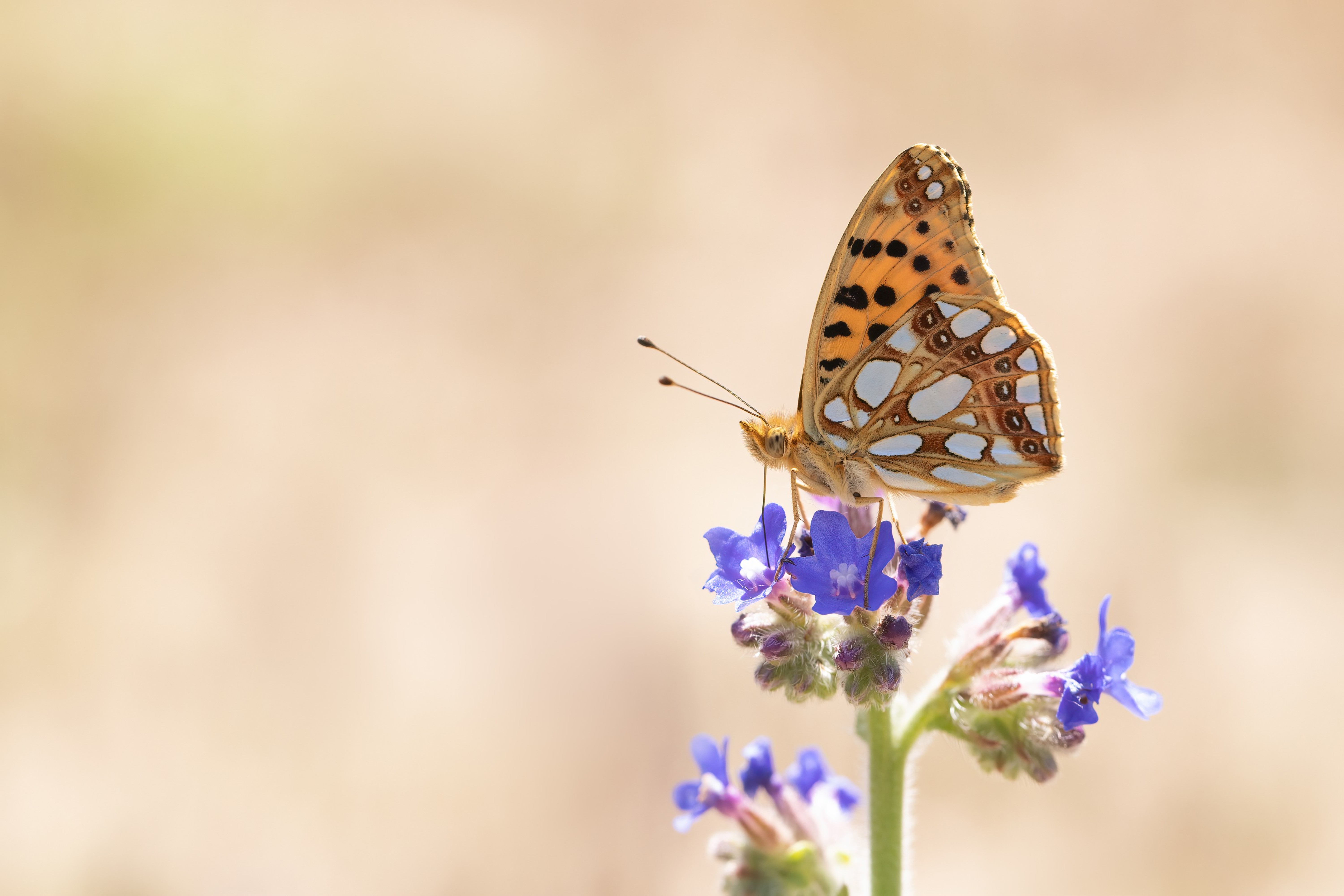
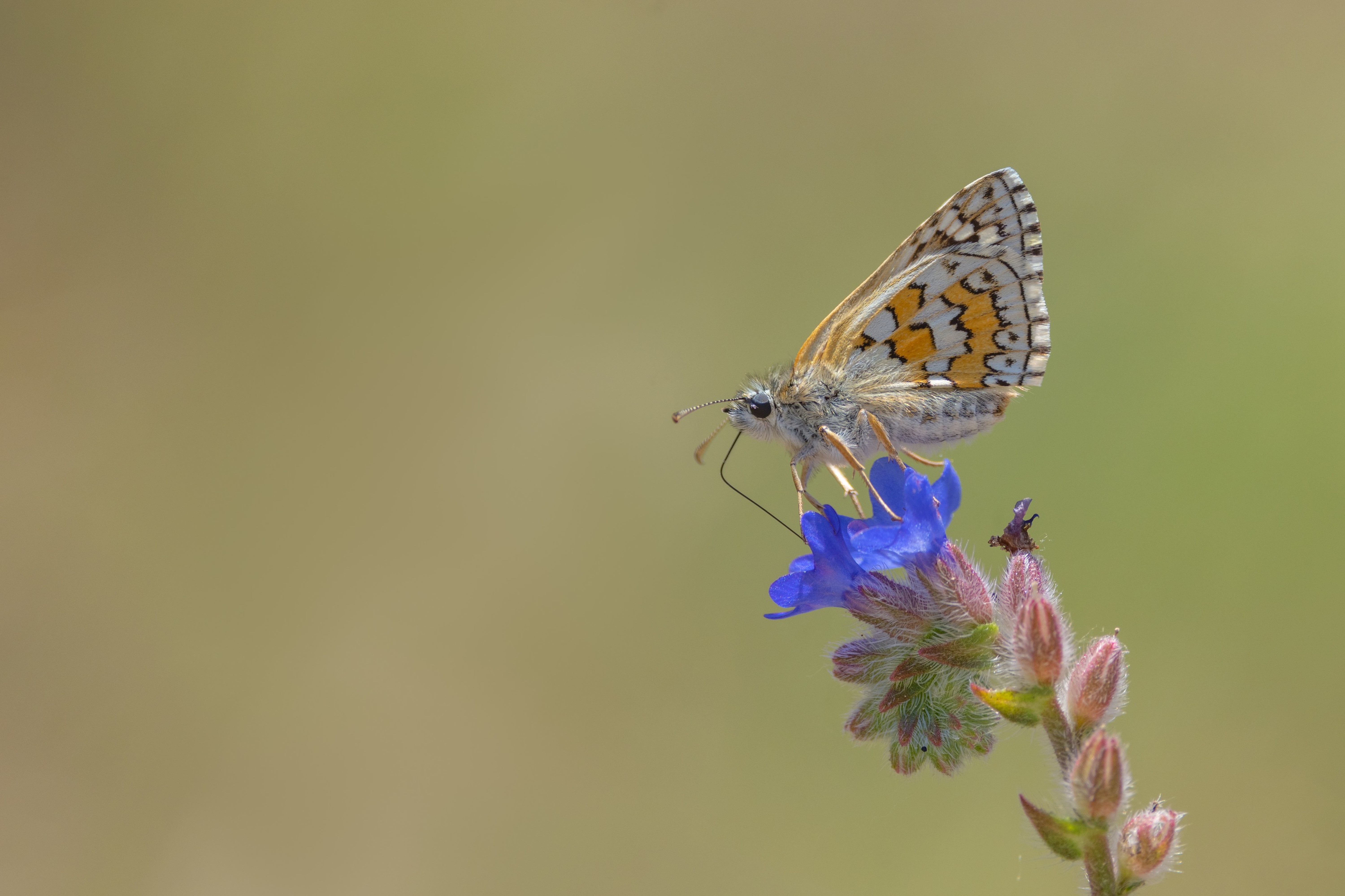
There is nearly always a pair of Little Ringed Plovers breeding on the pebbles here, and this year was no different. I grabbed a few shots, but quickly realised they were in the process of sharing incubation duties on a nearby nest, so left them alone to not risk causing disturbance. Interestingly, by this time in previous years the young had already hatched. Other birds by the river included a Middle Spotted Woodpecker and Hawfinch in the willow tree we chose to rest under during the middle of the day, plus our first and only Kingfisher of the trip, flying up the river. Overhead were Red-rumped Swallows, a few Griffon Vultures, Black Storks, and a pair of Crag Martins which were nesting on a rocky area.
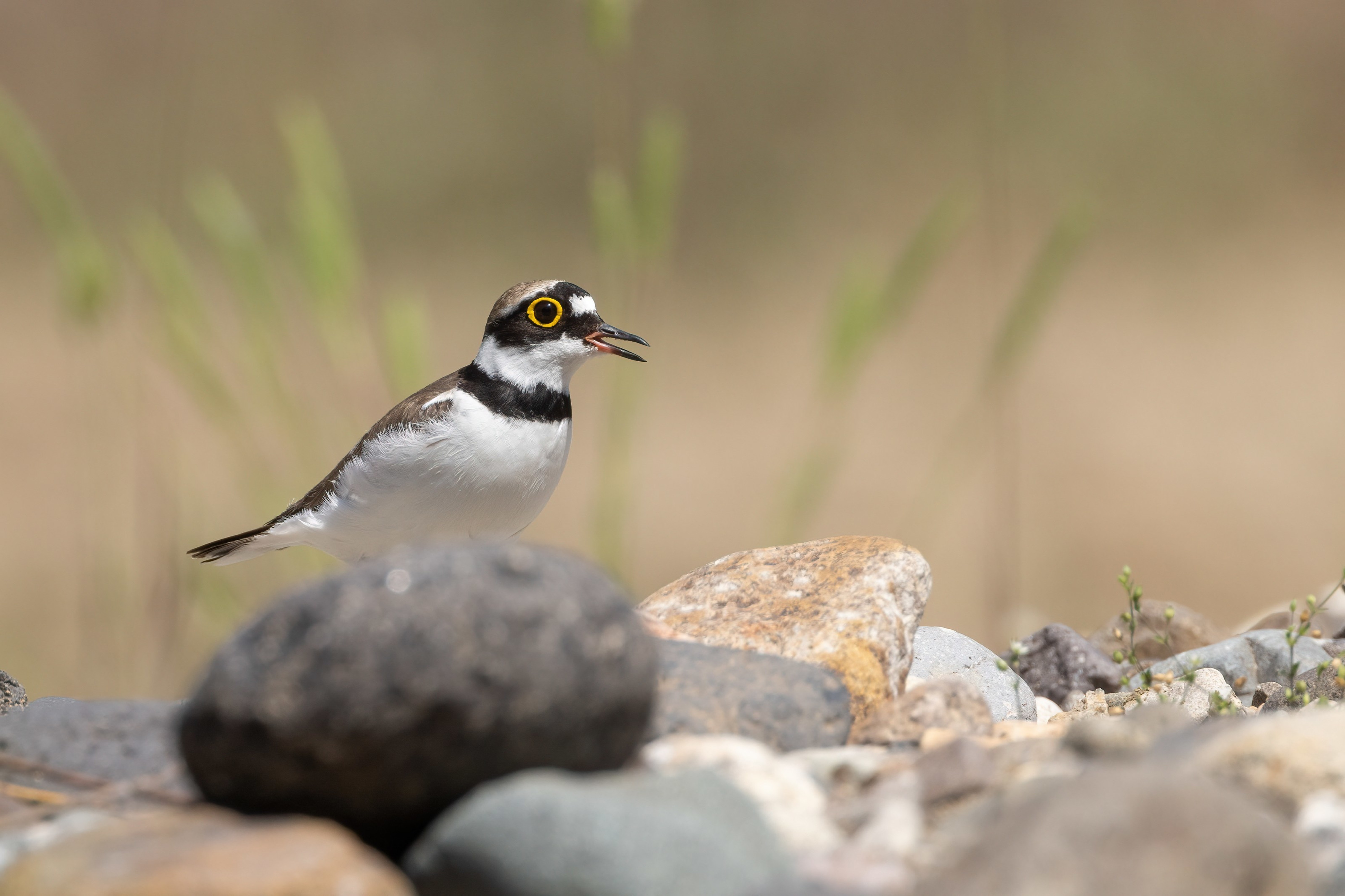
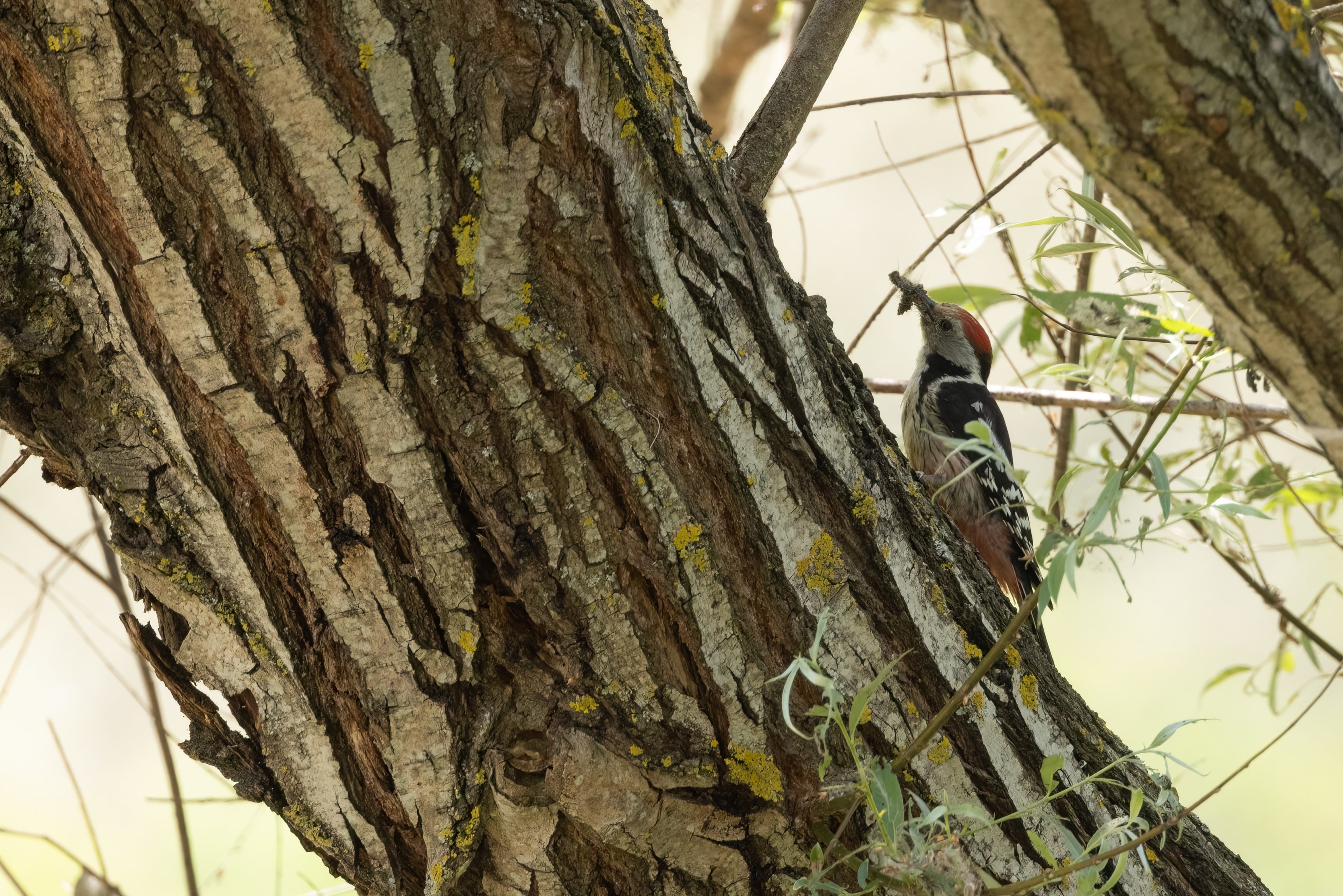
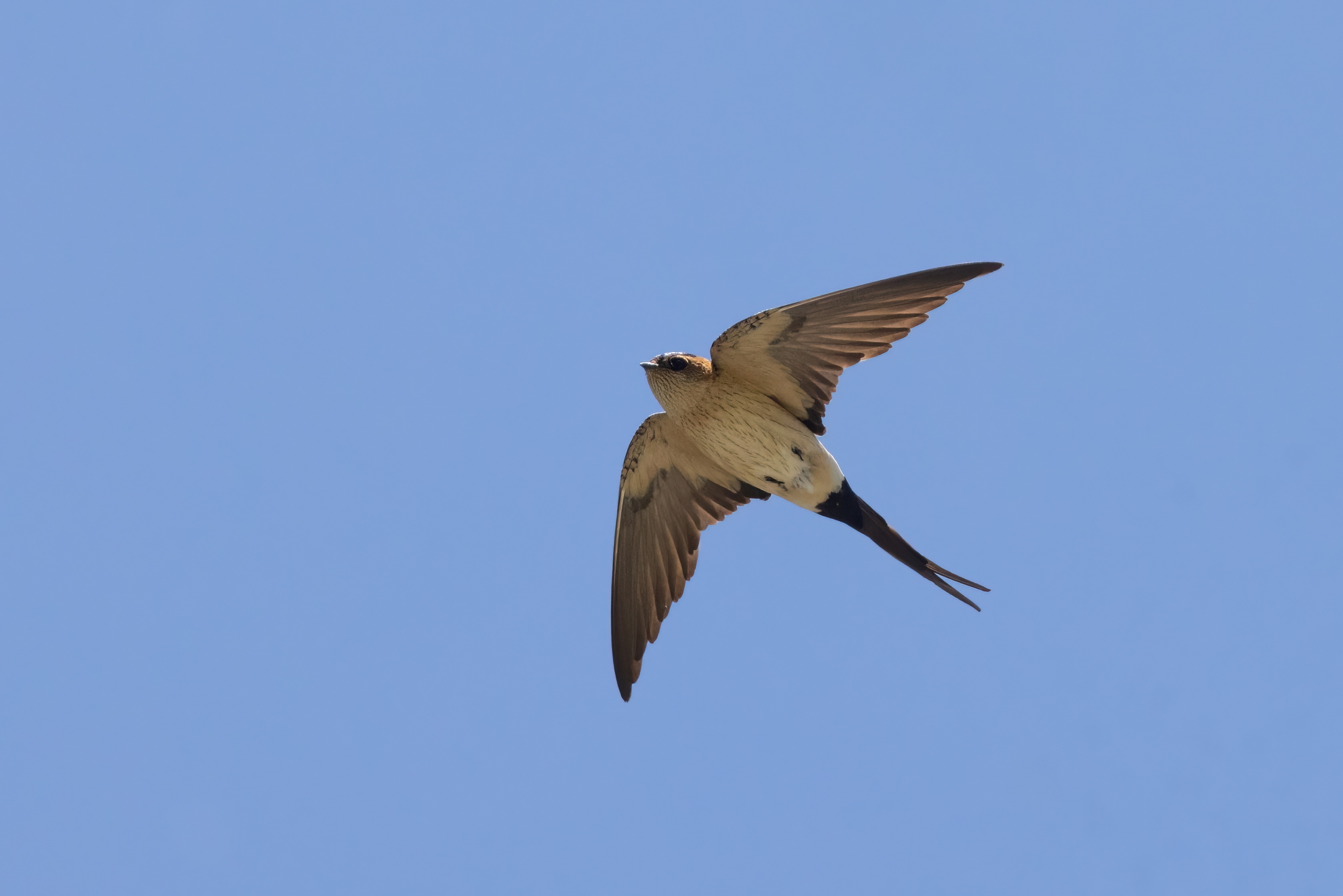
Apart from finding Small Bath White, the other highlights of the day were moth-related, with a pair of nice micro moths and an attractive moth larva. The first of the micros was a species that is found locally on the Kent coast but that I've never seen - the funky looking Cynaeda dentalis (Starry Pearl). The second was Bradyrrhoa gilveolella, a Pyralid found in south-east Europe and Asia as far east as Kazakhstan. And most spectacular of all was the larva of a Spurge Hawk-moth. I've never seen an adult but have found the larva previously.
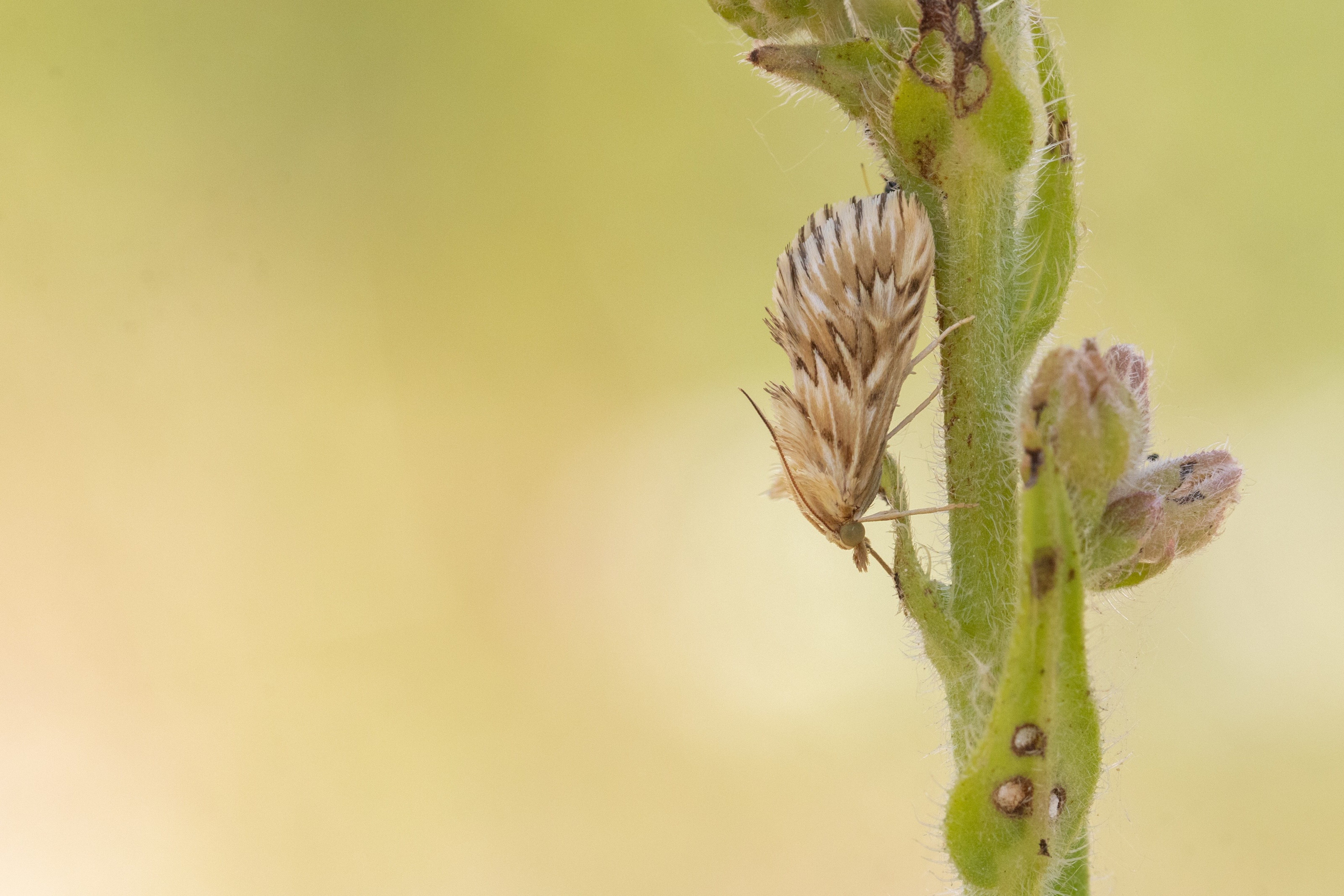
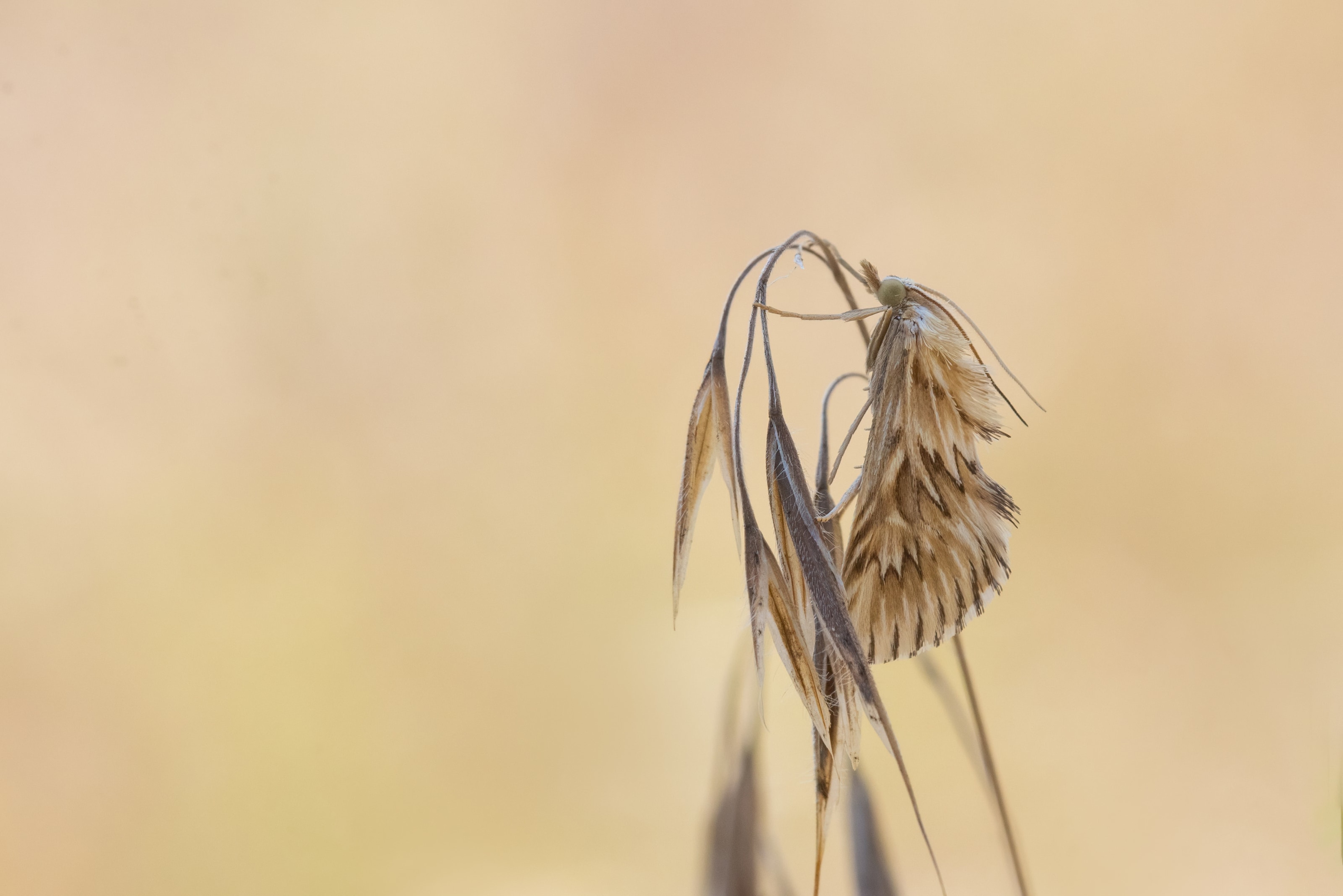
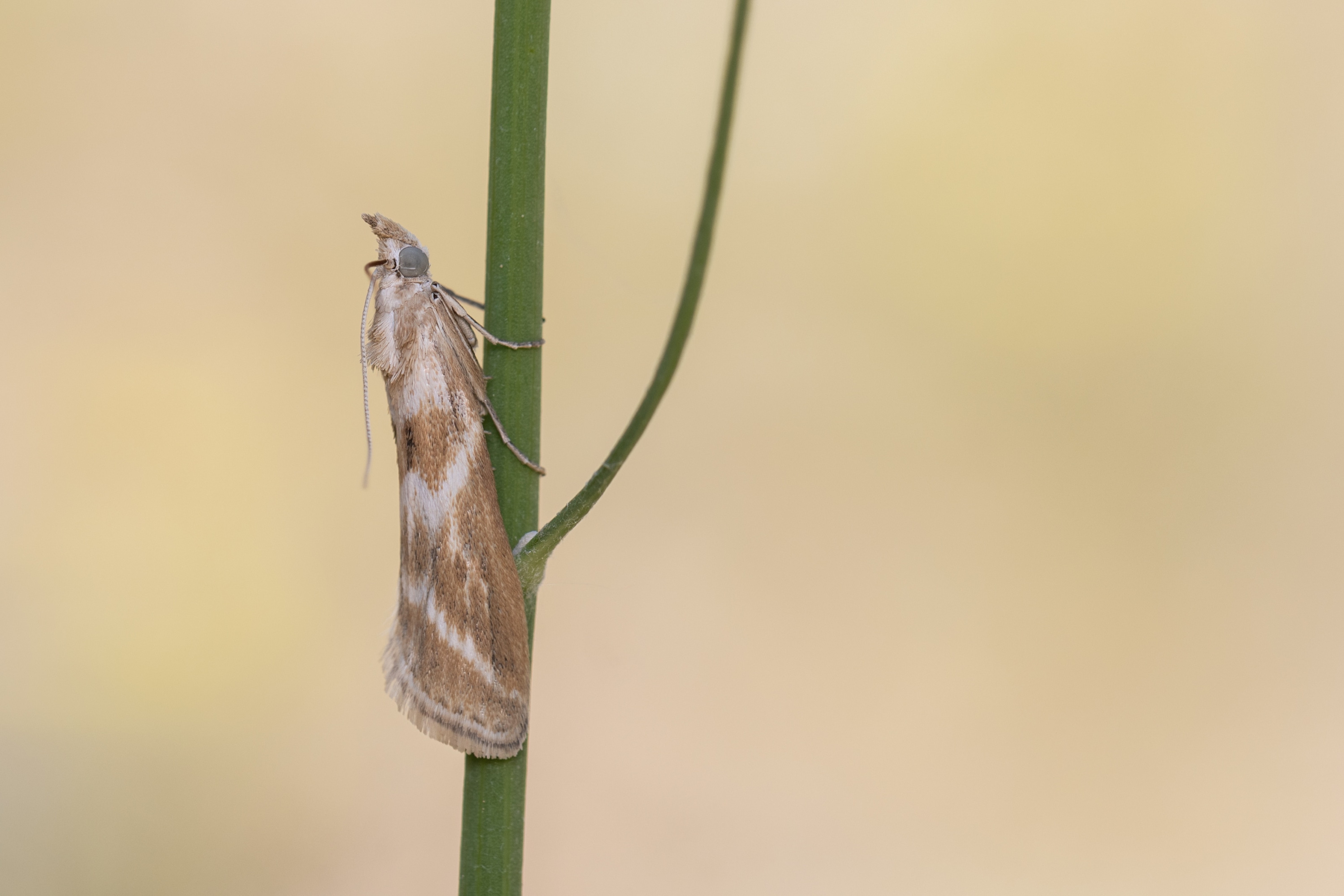

As hoped, by the time we returned to the Small Bath White area it was now 4:30pm and the conditions were much more productive. Not only were there now at least 6+ Small Bath White - considerably more than we saw on our previous visit - at this time of day it seems they spend more time nectaring. Most of the visits to a flower were too quick for me, but occasionally one would stay just long enough for me to grab a photo. I was quite pleased with a few of the results:
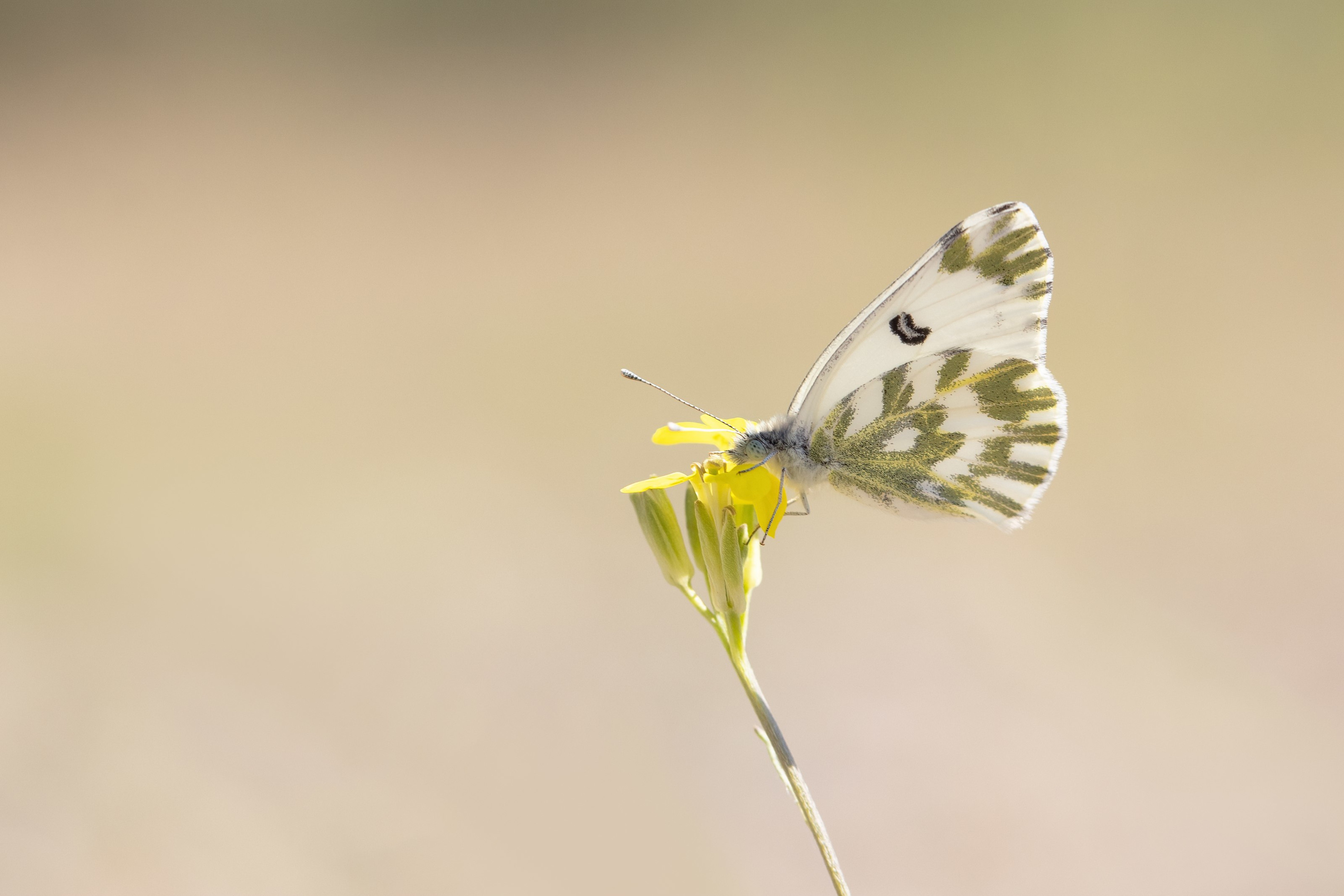

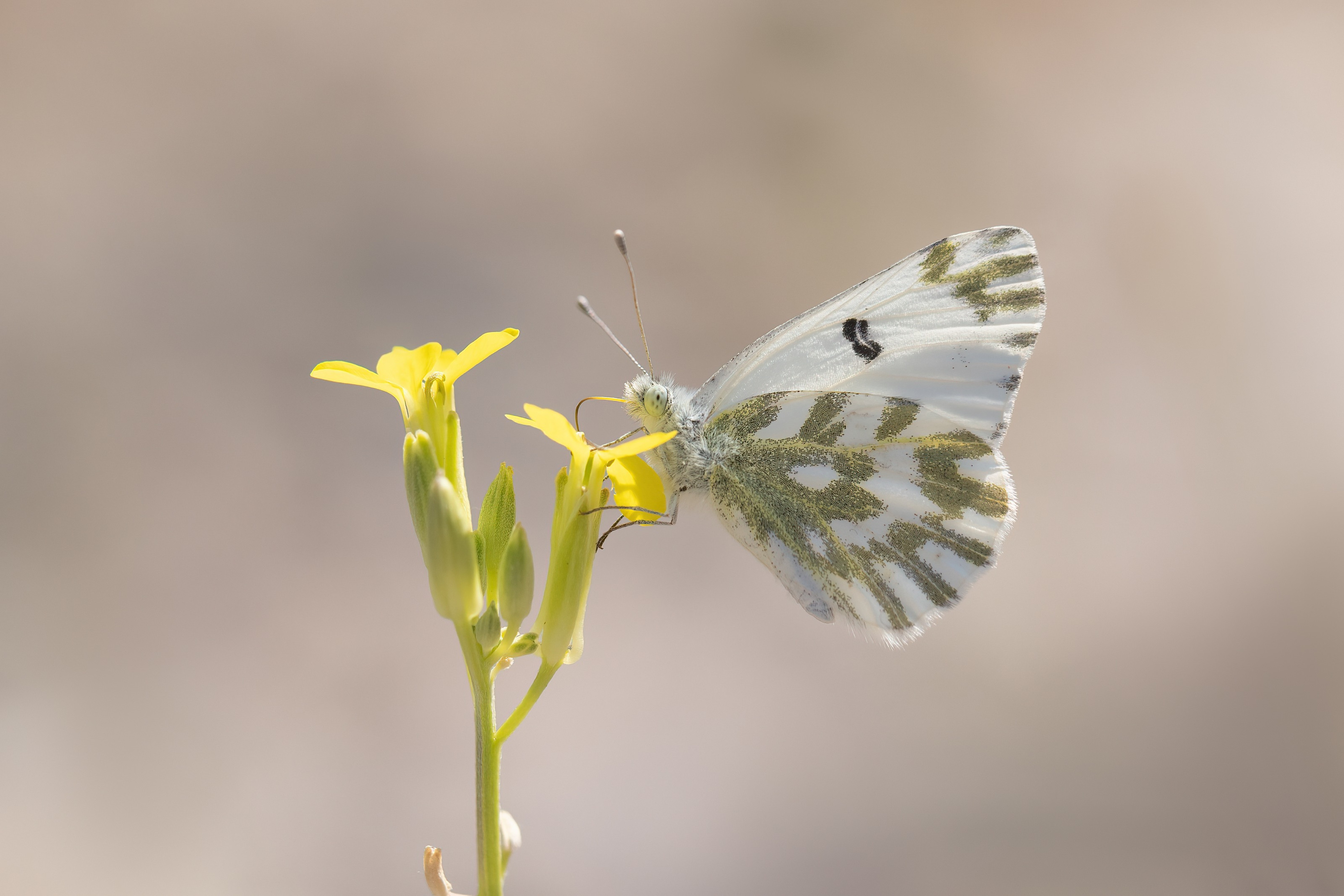
By the time we’d finished by the river it had become quite late - almost 6:00pm. We decided to spend the rest of the day visiting briefly again some sites from yesterday, starting with the micro reservoir. I didn’t have any more success at this site than the previous day, but we did see again Great Reed Warbler, Green-eyed Hawker, Small Bluetail, Dainty Bluet, a Marbled Fritillary and a new bird for the trip: Moorhen. Our final site of the day was the one we’d spent all of the previous morning at, to once again search unsuccessfully for Sand Boa. Instead I photographed a sluggish female Eastern Green Lizard, and we saw our first Bulgarian Tortrix viridana (Green Oak Tortrix). Down in the meadows at the bottom of the site we found a few roosting insects, including Dainty Bluet, Glanville Fritillary, Spotted Fritillary and Black-veined White.
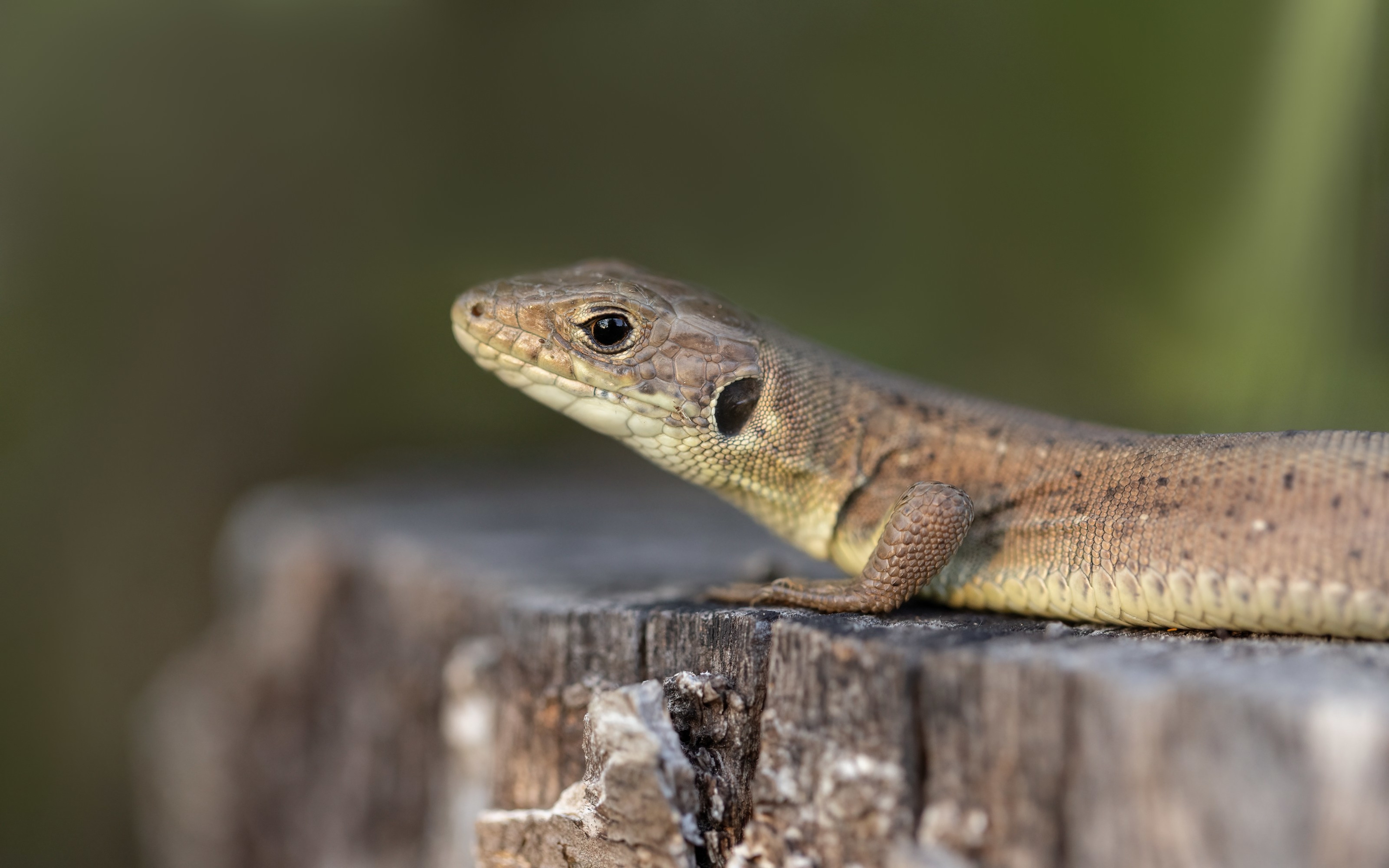
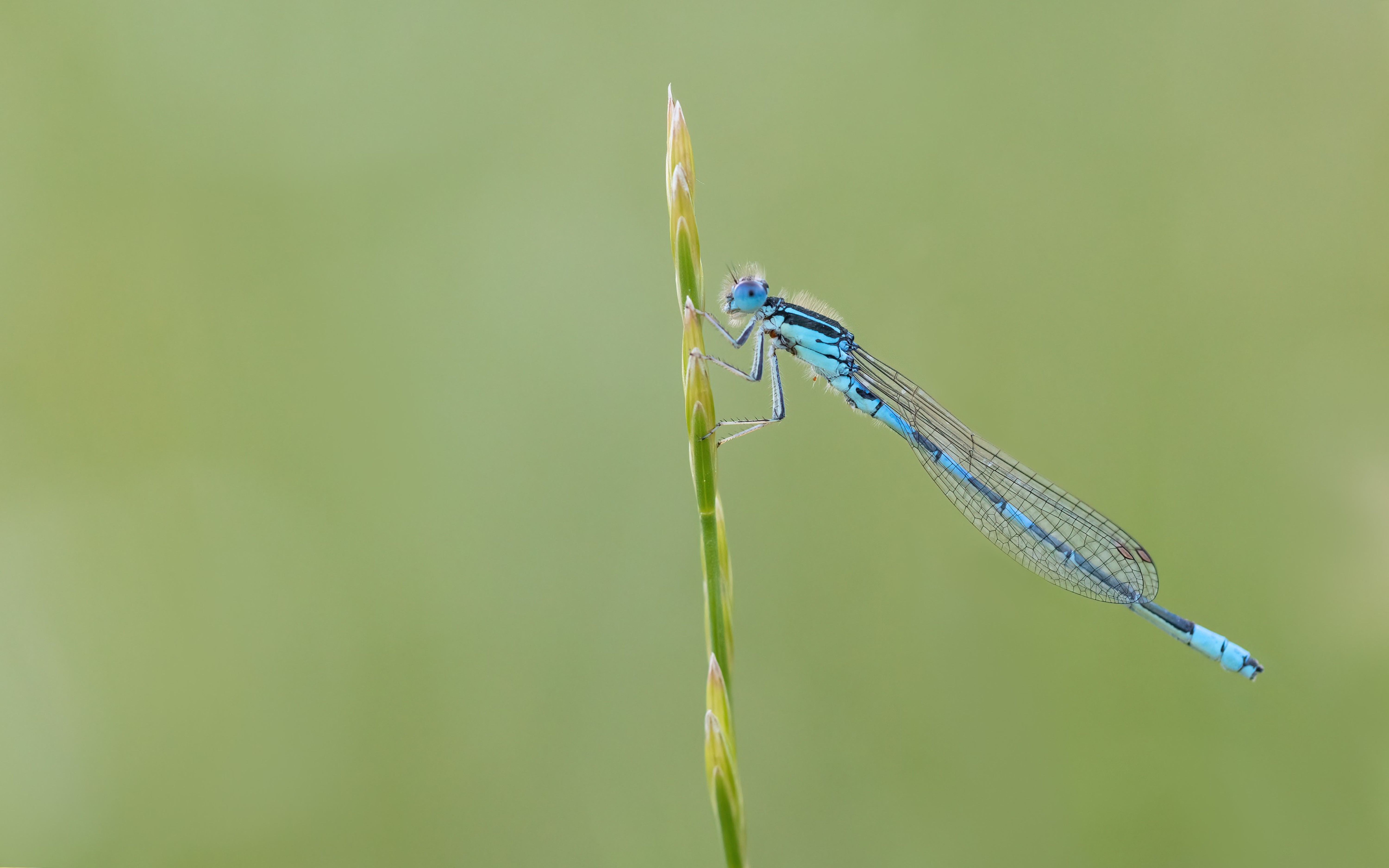
No comments yet — leave one below: